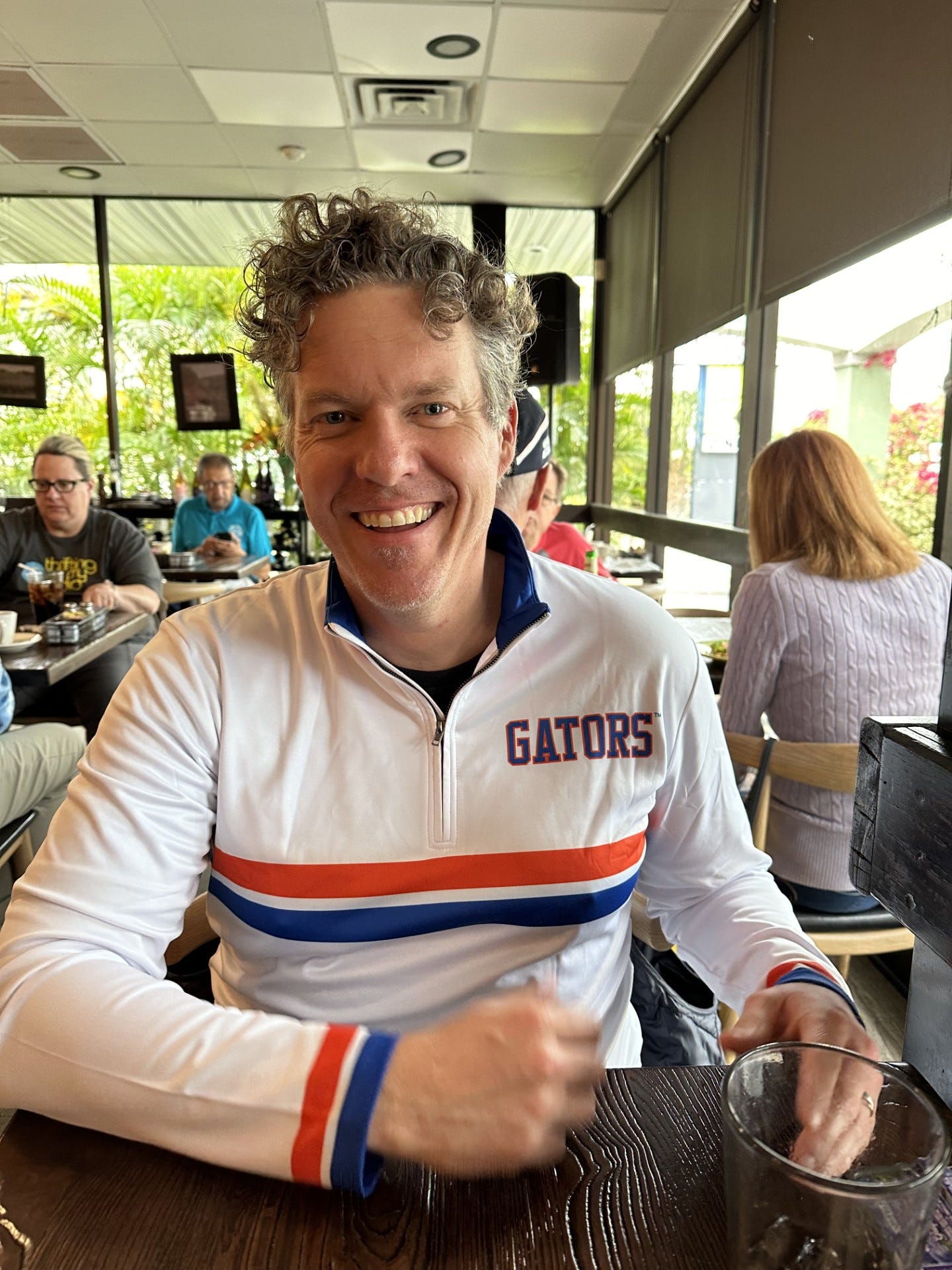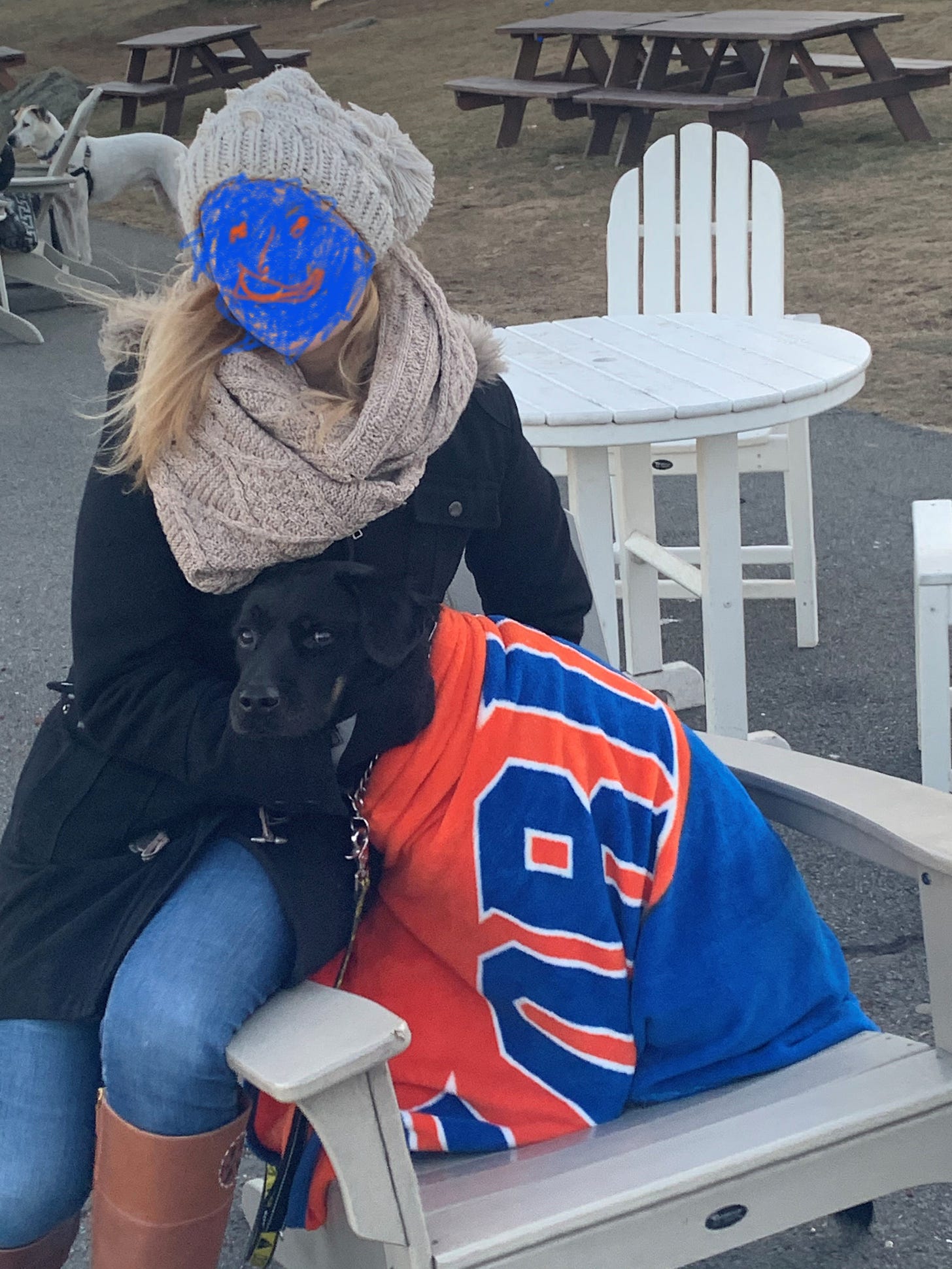The Ahwahneechee
The Maundy Monday Newsletter - This Week in History September 29 - October 5.
The Ahwahneechee tribe didn’t stand out in US history. You probably have never heard of them, and I cannot pronounce their name to save my life. The Ahwahneechee, also known as the Awani, which is much easier to spell, spoke Miwok, and were descendants of the Mono and Miwok People. The Mono and Miwok were also called the Northern Paiute, and they lived in the Sierra Nevada mountain range that runs from the Central Valley of California south, along the Nevada border to the Great Basin, which I have learned is a watershed that does not flow into an ocean.
The Northern Paiute are members of the Numic group of the Uto-Aztecan languages, which covers over thirty languages and stretches along the west coast of Mexico through the Western United States. Today, the Miwok language is classified as endangered, which means it’s challenging to set the number of people who speak it today, but from what I can gather, it’s under fifty.
The Ahwahneechee tribe lived in a beautiful natural oasis. There were granite cliffs, waterfalls, mountains, meadows, glaciers, valleys, and plenty of wildlife and food sources for them to thrive. They lived undisturbed by outsiders for centuries.
That changed in the early 19th century when the Mexican Empire expanded north to cover the land the Ahwahneechee occupied. Then, in 1833, Americans traveled from the east, exploring the vast wildlife and looking for a new place to settle. Over the next decade, hundreds of thousands of European Americans made their way west when gold was discovered and fortunes were possible.
In 1850, after President Zachary Taylor died, President Millard Fillmore signed off on the Compromise of 1850, and California became a state, immediately creating a militia looking to drive Indigenous people off their lands. American businessman James Savage arrived and established a trading post in Ahwahneechee property in what the Americans called Yosemite Valley. The Ahwahneechee attacked Savage in December 1850, which sparked the Mariposa War, which lasted until June 1851.
The Americans overwhelmed the Ahwahneechee, and the place of Yosemite fell firmly into the grasp of the United States. It’s a sobering reminder that America’s most beautiful places often hold the ugliest histories.
In 1864, President Abraham Lincoln signed the Yosemite Grant, the first time the government set aside land specifically for preservation and public use. Over the following decades, Yosemite needed more protection due to overgrazing and other terrible things the new settlers were doing to the land.
With help from John Muir, an American conservationist, who advocated for the federal government to preserve Yosemite permanently and pushed Congress to establish Yosemite National Park on October 1, 1890.
Today, Yosemite is one of the most visited national parks in the country, with four million people traveling through it in 2024. Hopefully, they learn a little more about the Ahwahneechee.
Okay, let’s highlight what else happened this week. As a reminder, these events celebrate their anniversary, ending in 5 or 0. Here’s what I got:
1. The Flintstones debuted on September 30, 1960. The American animated sitcom romanticized the Stone Age and followed Fred and Wilma Flintstone and their next-door neighbors, Barney and Betty Rubble, as they lived in the town of Bedrock. Inspired by postwar suburban sprawl, the show aired on Friday nights on ABC in black and white. The Flintstones ran for six seasons and produced 166 episodes. The Flintstones movie came out in 1994, starring Rosie O’Donnell, John Goodman, and Elizabeth Taylor, and grossed over $340 million. I was way too cool to watch any of this.
2. The “Peanuts” comic strip debuted on October 2, 1950. Created by Charles M. Schulz, it would become a global phenomenon. I’ve written about his holiday specials years ago and his death earlier this year. So here are two things I don’t think I mentioned. His drawings were rejected for the high school yearbook. He also served as a squad leader for a machine gun team in World War II, but forgot how to load the weapons and never killed anyone.
3. The US Public Broadcasting Service (PBS) was launched on October 5, 1970. PBS was established in November 1969 by various leaders in broadcasting, including Kenneth Christiansen, who was the chair of the department of broadcasting at the University of Florida. Its purpose is to create educational programming that can be distributed throughout the country through public television stations. Despite constant narratives, it is not controlled by the United States government and is instead a non-commercial television network that, up until this year, received funds in part from the Corporation for Public Broadcasting (CPB), a government agency created by Congress in 1967 to promote public educational programs. In June of this year, Congress passed the Rescissions Act, which cut $1.1 billion from the CPB, and the agency is expected to close next January. This is why Sesame Street is now on a streaming network.
DeWayne Douglas was an assistant football coach for the University of Florida. He was concerned that his players weren’t urinating during practice, which he believed led to extreme dehydration. So he went to the School of Medicine and asked Dr. Robert Cade if he could help.
Cade led a team of scientists who discovered that football players would lose up to 18 pounds during a three-hour football game, most of which was water. They put together a mixture of glucose and electrolytes and gave it to the players, who responded that the drink tasted like urine. With some tweaks to the flavor, the players began to like it, and soon their performance in the heat of the Deep South improved. In a game against the LSU Tigers, the Gators would go on to win despite the heat in the second half reaching 102 degrees on the field. Seeing how “Cade’s Ade” helped his Gators, Head football coach, Ray Graves asked Dr. Cade to mass produce the stuff, which led to the invention of the sports drink Gatorade on October 2, 1965.
Gatorade became a wildly popular sports rehydration drink. It is the official sports drink of the NFL, MLB, NBA, WNBA, NHL, and NASCAR.
Gatorade is not helping the 2025 Football Gators, who are 1-3. They are awful.
There are a few Florida Gator references in this MMN edition. Just a reminder in case you didn’t know:
If you enjoyed this essay and the Maundy Monday Newsletter series, please click the ❤️to help it stand out. I’d also appreciate it if you would subscribe - free or paid – to support my work.
You can also help reach new readers by sharing it on social media.
Have a great week. I’m excited to announce that we will have an Ask Me Anything edition this Friday! It’s been a while. I hope it will be worth the wait.
Grateful for your support.
Okay,
Chris




